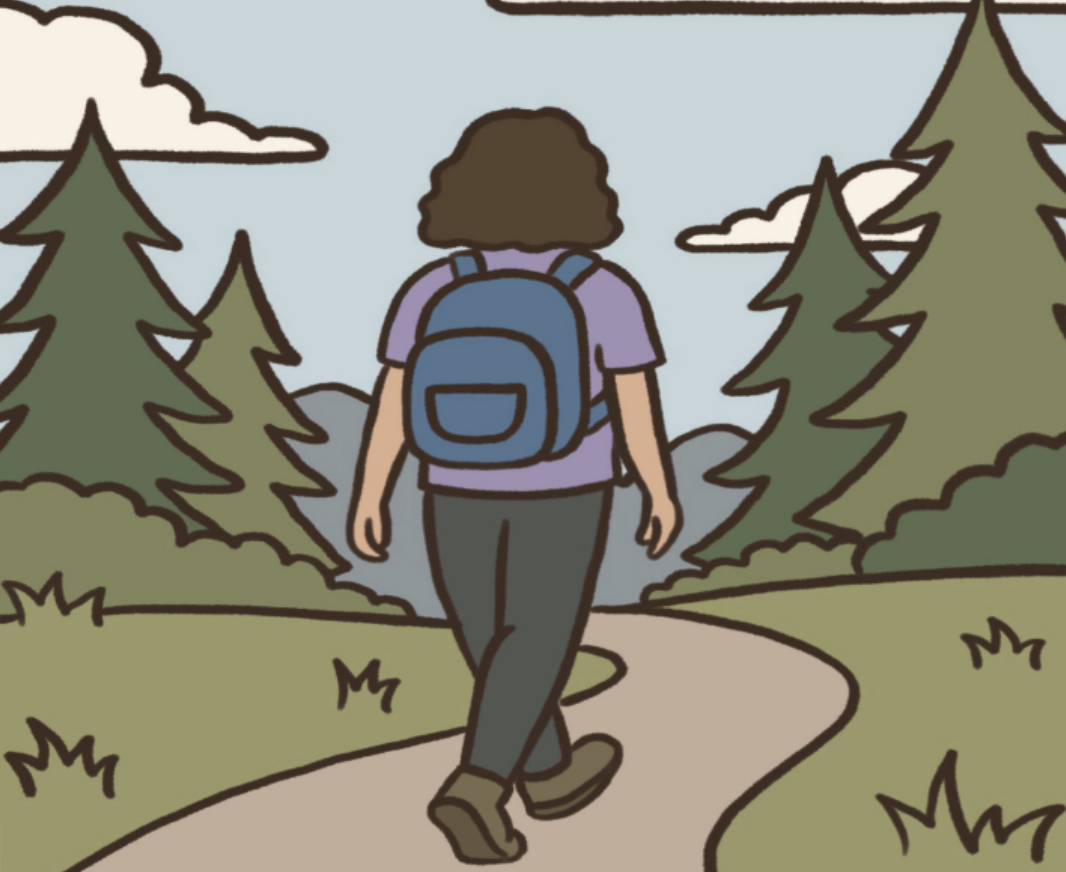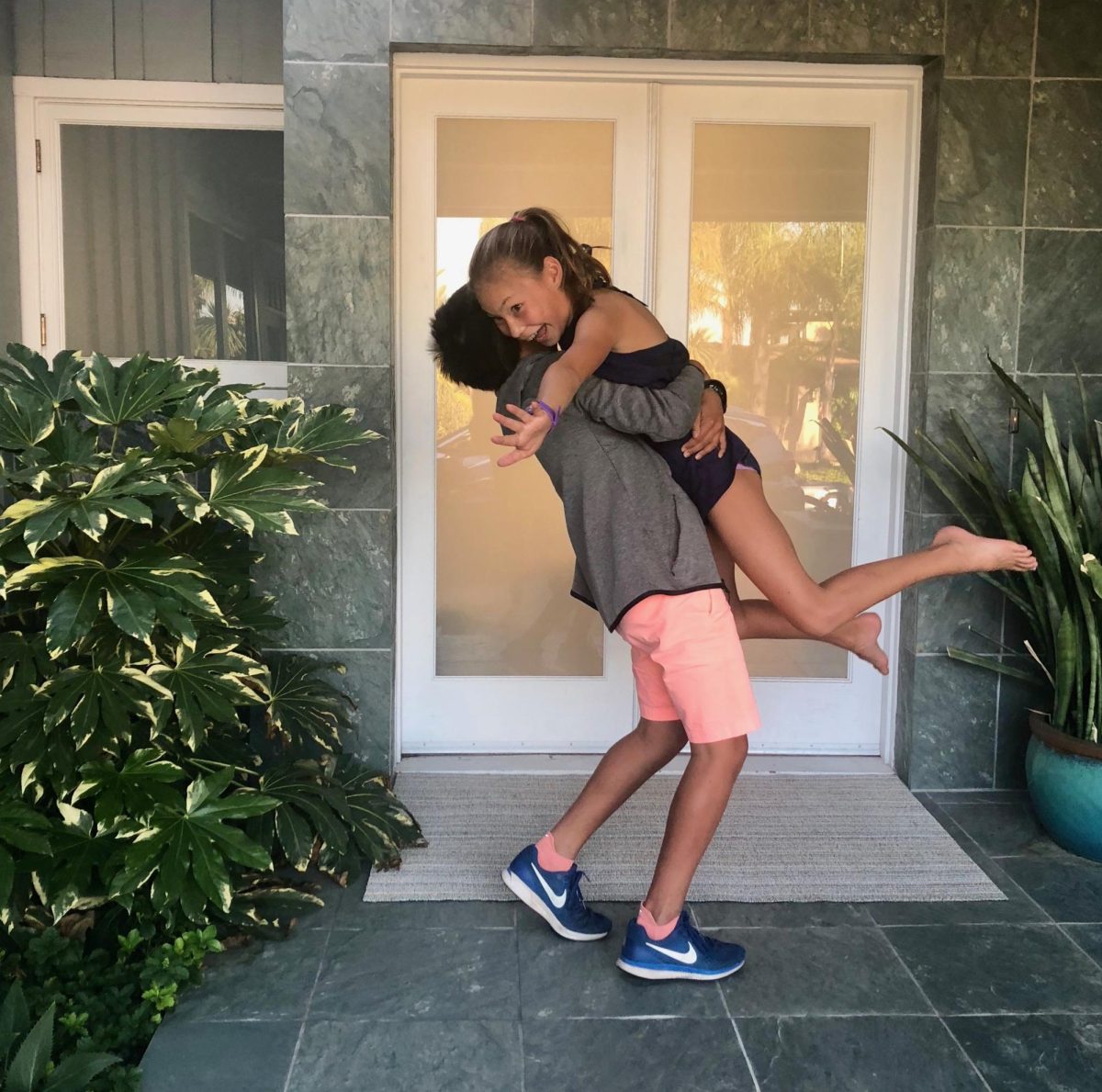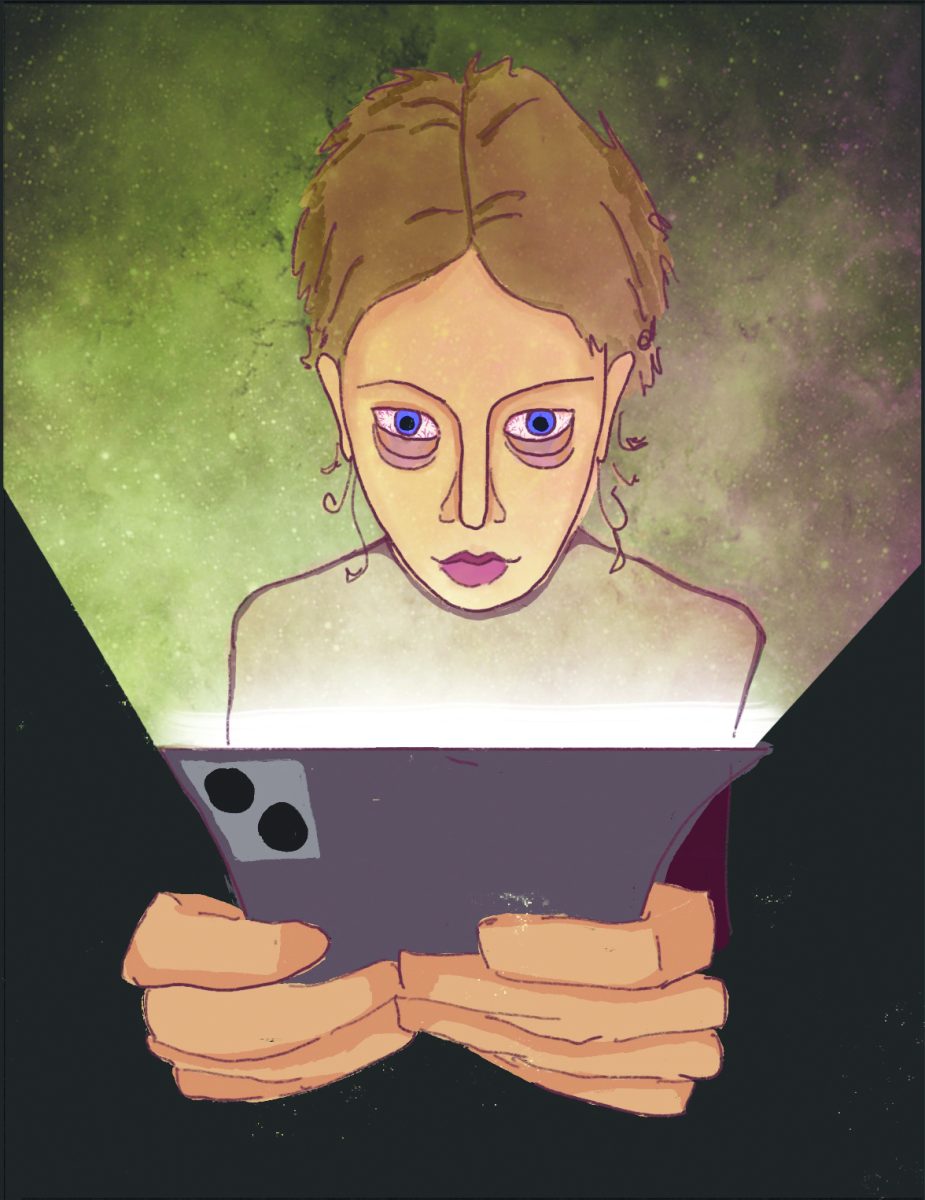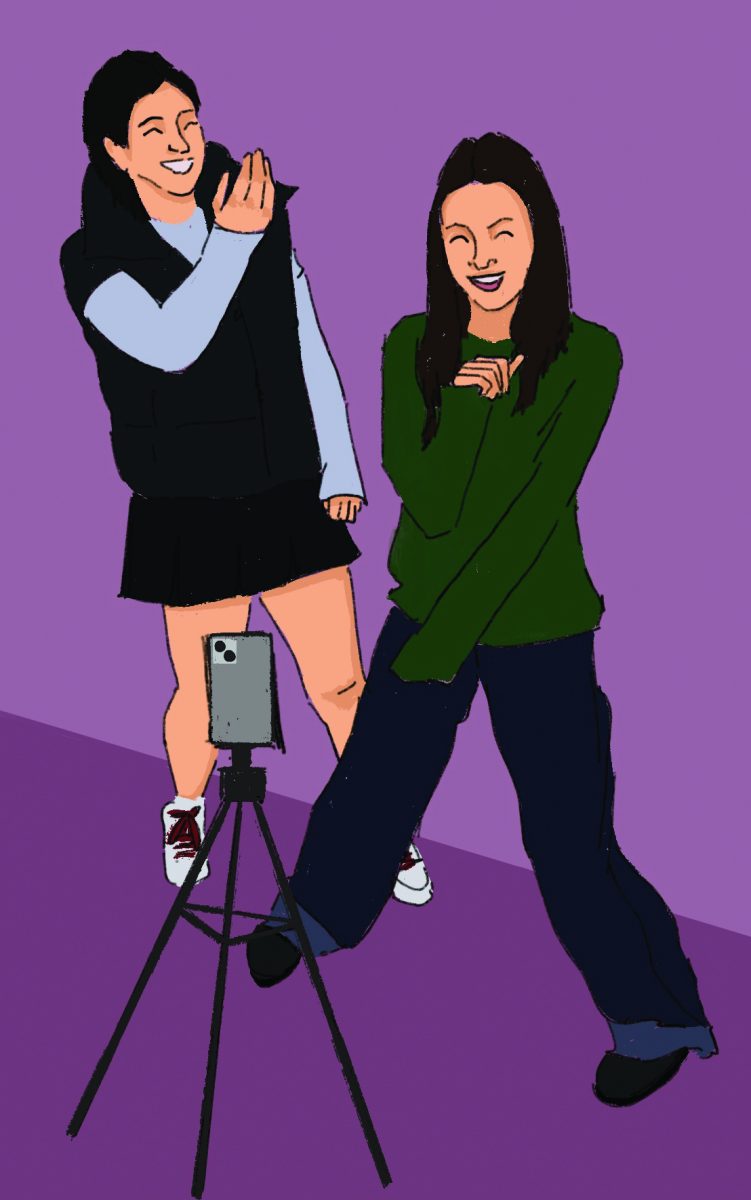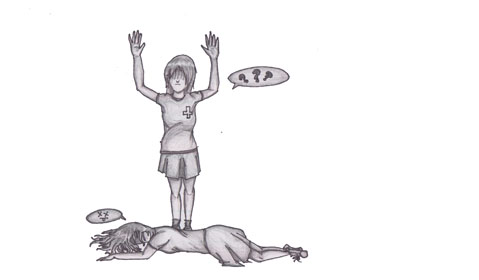
After another Great California Shakeout drill at Marlborough School on Oct. 17, we at the UltraViolet question how useful the School’s Red Cross team would be during an actual disaster. While the team members’ red shirts may signify their ability to wrap a head wound or stabilize an object impaled in a student’s stomach, are the members of the School’s Red Cross team really as qualified as they look?
While the Red Cross team is supposedly a well trained and well qualified group of girls, capable of appropriately responding during an emergency, most students do not feel like they could trust the team members to treat them if they are injured.
Similarly, many team members lack confidence in their own life saving skills. Rumors about team leaders who are incapable of maintaining their wits at the sight of blood have spread across the grades, bringing doubts into students’ minds about their chances of surviving an emergency situation like a large earthquake.
Additionally, although students must complete the Emergency Preparedness and Water Safety class and be asked to join the Red Cross team, it does not mean that the members practice their skills on a frequent basis or put effort into maintaining the skills that may in fact save another student’s life.
Besides the actual drills, the Red Cross team only meets a few times per year. While the Red Cross Haiku page enables members to watch and review their skills, the team rarely meets to pratice them.
Physical education instructor Tinka Brown says that she meets once or twice a month with some, not all, of the Red Cross members to review their skills.
Just because Los Angeles has not had a catastrophic natural disaster in years does not mean that the Red Cross team should lose sight of the importance of its role and responsibilities. If the School is to pride itself on having a Red Cross team capable of reacting appropriately in emergency situations, then the School should focus on increasing and maintaining the skills the members need in order to help other students in need.
The team should perhaps meet as a group more regularly to brush up on skills and review strategies and procedures. Additionally, the group might be more effective if it were smaller. Is it better to have a big group of students who know only the basics of caring for the injured or a smaller group that has a deeper knowledge of the skills?
Of course, it would be nice to have the best of both worlds, but, in the meantime, we at the UltraViolet choose the latter.

